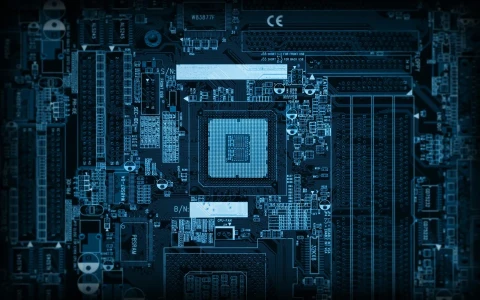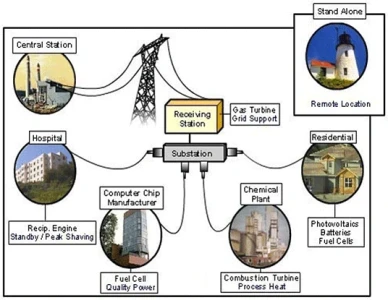Working Together for a Smarter Grid

How Smart Grid technologies can transform the power industry
BY DANIEL PÉLOQUIN, Schneider Electric
Energy customers—both consumers and businesses—depend on reliable, affordable power. In North America, consumers take this privilege for granted. However, both the reliable and affordable assumptions of the equation are currently under stress. As consumers become increasingly more conscious of the environmental footprint, an increased number of renewable sources of energy (wind and solar in particular) have been brought on line, while traditional, fossil-fuel burning technologies are being decommissioned.
The existing power grid tends to be one-way and takes energy from centralized plants to homes, buildings, and facilities. However, the existing infrastructure was never designed to handle the distributed generation that is typical of renewable energy sources such as wind and solar. In addition, the aforementioned renewable sources are highly volatile and their output varies significantly from one day to the next; these factors also greatly affect the existing power grid.
To compound the problem further, the existing grid was deployed in the period from the 1960s to the 1980s for the most part, and is now seriously aging and in dire need of a face lift.
For utilities to continue to provide reliable and affordable energy under the these new circumstances, a Smart Grid system is necessary to combine electrical infrastructure and information technologies (IT) to interconnect all electricity users and suppliers, and efficiently balance supply and demand over a complex network.









